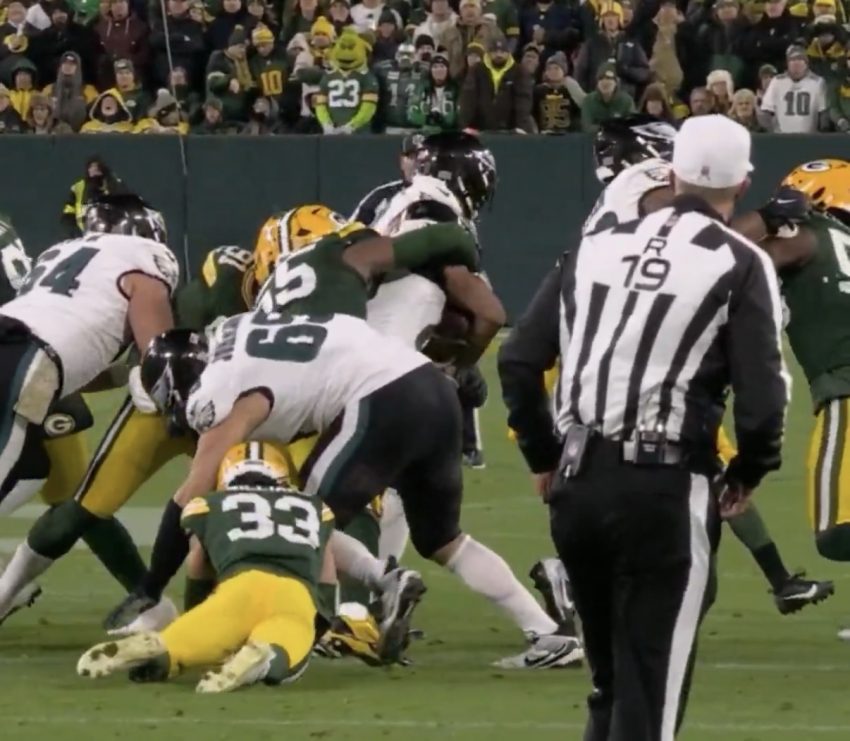A Lisfranc injury is a serious midfoot injury involving the bones or ligaments that support the arch of the foot. Named after French surgeon Jacques Lisfranc, this injury affects the joint complex where the metatarsal bones (long bones leading to the toes) connect to the tarsal bones in the midfoot. Because this area stabilizes the entire foot, a Lisfranc injury can significantly impact walking, balance, and athletic performance.
What Is the Lisfranc Joint?
The Lisfranc joint complex includes:
- The five metatarsal bones
- The tarsal bones that form the arch
- The Lisfranc ligament, a strong band of tissue that keeps the midfoot stable
When this ligament tears—or when the bones around the joint fracture or shift—it’s considered a Lisfranc injury.
⸻
Causes of a Lisfranc Injury
Lisfranc injuries happen more often than people realize and can result from both high-impact trauma and simple missteps. Common causes include:
- Sports Injuries
Athletes in football, soccer, basketball, or gymnastics often suffer Lisfranc injuries from:
- Twisting motions
- Direct impact to the midfoot
- Falling on a plantar-flexed (pointed) foot
- Falls & Missteps
A simple slip off a stair or curb can cause the midfoot to twist and tear the Lisfranc ligament.
- Car Accidents or Heavy Impact
High-energy trauma can fracture or dislocate the midfoot bones.
⸻
Common Symptoms
A Lisfranc injury can be difficult to diagnose because symptoms may seem like a simple sprain. Key signs include:
- Midfoot pain and swelling
- Bruising on the bottom of the foot (a hallmark symptom)
- Pain when walking or bearing weight
- Difficulty standing on tiptoes
- A feeling of instability in the arch
If bruising appears on the underside of the foot, it strongly suggests a Lisfranc injury and should be evaluated immediately.
⸻
How a Lisfranc Injury Is Diagnosed
Early and accurate diagnosis is crucial to prevent long-term complications.
Doctors may use:
- Physical exam to check midfoot stability
- X-rays, including weight-bearing views
- MRI to assess ligament damage
- CT scans to detect subtle fractures
Because Lisfranc injuries are often missed in early evaluations, imaging is essential.
⸻
Treatment Options
Treatment depends on how severe the injury is.
Non-Surgical Treatment
Used for mild sprains or injuries without bone displacement:
- Boot or cast
- Non-weight-bearing for 6–8 weeks
- Physical therapy to restore strength and mobility
Surgical Treatment
Needed when bones are fractured or displaced, or when the Lisfranc ligament is torn:
- Screws, plates, or pins to realign and stabilize the midfoot
- Possible fusion surgery if the joint is severely damaged
Recovery may involve:
- Several weeks in a cast or boot
- Physical therapy
- Gradual return to weight-bearing
⸻
Recovery Timeline
A Lisfranc injury requires patience and structured rehab.
- Mild injuries: 8–12 weeks
- Moderate to severe injuries: 4–6 months
- Athletes returning to competition: 6–12 months
Ignoring treatment or rushing recovery can lead to chronic pain, arthritis, or long-term foot instability.
⸻
When to See a Doctor
Seek medical attention immediately if you experience:
- Swelling or pain in the midfoot
- Bruising on the bottom of the foot
- Trouble putting weight on the foot
- A feeling that the arch is collapsing
Early treatment greatly improves long-term outcomes.
⸻
Final Thoughts
A Lisfranc injury is a serious but treatable condition. Whether caused by sports, a fall, or a high-impact accident, properly diagnosing and treating the injury is essential to protect your mobility. With the right care and rehabilitation, most people achieve a full recovery.


